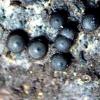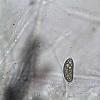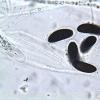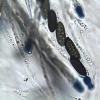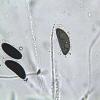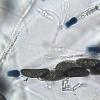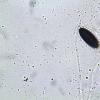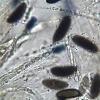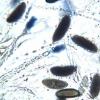
20-04-2017 08:54
 Blasco Rafael
Blasco Rafael
Hola , necesitaria de su confirmacion para saber s

14-04-2017 21:17
 Matthias Mann
Matthias Mann
Dear Asco Friends, I want to introduce a nice Asco

19-04-2017 11:26
 Blasco Rafael
Blasco Rafael
Hola, necesito de su ayuda para saber que especie

19-04-2017 14:59
Gernot FriebesHi,I'm having trouble with this species that I fou

18-04-2017 00:51
Iglesias PlácidoHola, alguien me puede proporcionar este artículo

15-04-2017 11:53
I'm following for this paper on Leptosphaeria. Cou

18-04-2017 18:03
 Amadej Trnkoczy
Amadej Trnkoczy
Hi to everyone,Does this asco possibly belong to M

17-04-2017 17:09
Roland LabbéBonjour !Voici un Mollisia probable.Nous vous reme

17-04-2017 10:06
 Bernard CLESSE
Bernard CLESSE
Bonjour à tous,Récolté en Forêt Noire (Schwarz
Rosellinia corticium posible
Blasco Rafael,
20-04-2017 08:54
 Hola , necesitaria de su confirmacion para saber si esta especie es Rosellinia corticium-
Hola , necesitaria de su confirmacion para saber si esta especie es Rosellinia corticium-Sobre madera de Corylus
diametro hasta 1,8 mm.
parafisis x4 x5
esporas 25--30 x 9--9,5 (35x10)
con apendice hialino corto redondeado en extremo,
Hendidura germinativa muy dificil de ver, pero esta a lo largo de la espora
Un saludo
Rfaael

